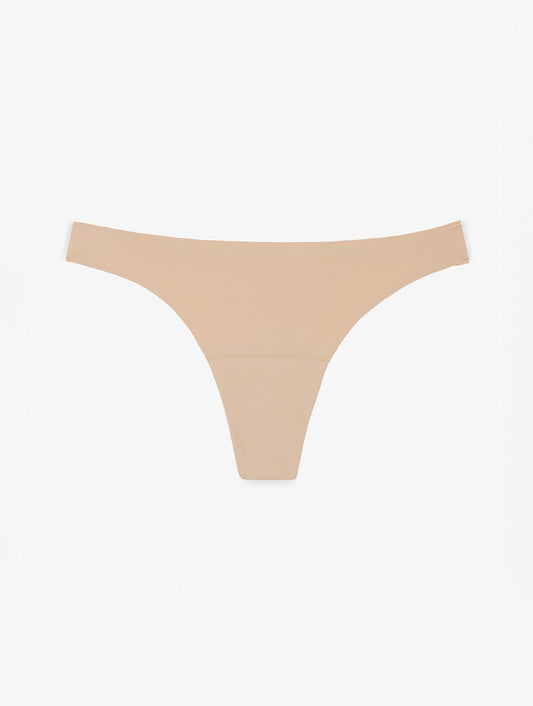What is endometriosis?
You have certainly already heard of it without really knowing what it is: endometriosis is a disease that is still little known. Discovered in 1860, researchers have nevertheless had plenty of time to take an interest in it. But long considered a feminine "whim", it has only recently been taken seriously. However, no, it is not “normal” to have a lot of pain during your period! Small explanations to better understand this disease which affects 5 to 10% of menstruating women are required.
Endometriosis: a disease directly linked to the menstrual cycle
The lining of the uterine wall is called the endometrium. This is evacuated each month during menstruation after having thickened throughout the cycle in order to accommodate a potential fertilized egg. When a woman has endometriosis, this tissue migrates and grows in other parts of the body as well:
-
Commonly in the reproductive system: ovary, fallopian tubes, the outer surface of the uterus and the ligaments that support it
-
More rarely, in nearby organs: bladder, kidneys, intestines
-
Extreme case, everywhere in the body: lungs, upper and lower limbs.
Regardless of its location in the body, endometrial tissue responds similarly to hormones that govern the menstrual cycle . When the rules are triggered, the sagging of the tissue and its flow therefore manifest themselves in all the places where it has settled. And if the blood can easily evacuate from the uterus because it is designed for that… it is more complicated for the other parts of the body mentioned above.
The causes of endometriosis are poorly understood. Genetic factors or immune system disorders could be responsible. It is also thought that certain endometrial cells take root where they should not following retrograde reflux when the uterus contracts to evacuate the blood: this one would tend to go up instead of going down by the cervix. Finally, it is believed that cells can circulate through blood and lymph.
Symptoms of endometriosis
The consequences of the presence of endometrium in inappropriate places are varied. Here is a list of known symptoms:
-
Intense pain in the organs involved and the peritoneum (membrane that lines the abdomen) due to irritation caused by bleeding
-
Formation of cysts
-
Infertility
-
Digestive and urinary disorders
-
chronic fatigue
-
Pain during sex
1 in 3 infertility is linked to a more or less advanced endometriosis problem. Tissues growing outside the uterus prevent eggs from reaching their destination, so fertilization cannot take place. Because the disease is sometimes asymptomatic, a woman may not realize she has it until after a fertility test.
How to relieve pain due to endometriosis?
Menopause puts an end to endometriosis. But fortunately, other solutions can be considered to relieve women suffering from this often very painful disease.
Prevention
Research is ongoing and the following data should be taken with caution. However, following these recommendations can only do you good. It would seem that a healthy lifestyle would limit the symptoms of endometriosis: practicing a sports activity , eating lots of fruits, vegetables and foods rich in omega 3 (walnuts, flax seeds, mackerel, etc.). The consumption of red meat and ham should also be limited.
Medical treatment
Currently, there is no definitive treatment for endometriosis. Even removal of the uterus may not be enough as the cells continue to appear and circulate in the body. The first thing to do when the pain is disabling is of course to consult a gynecologist who will be able to really listen to your situation. He can prescribe three types of treatment:
-
Anti-inflammatories
-
Hormonal treatments: continuous contraceptive pill, special IUD covered with a progestogen, regular shots that cause temporary menopause
-
Surgical treatments: removal of endometrial growths, removal of the uterus and ovaries to inhibit hormonal stimulation. This last solution is final but eliminates any possibility of having children.
Other more alternative solutions can be envisaged. By reading Annabelle's interview, you will discover how she solved the problem of endometriosis which was ruining her life.
By Emily.


































